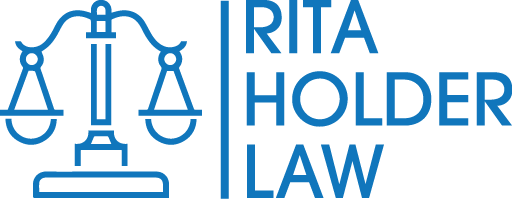Each individual decides, with or without the guidance of a legal professional, how many estate planning tools they will include in their plan. Some only draft wills, while others have multiple documents depending on their needs. However, when dealing with a considerable number of estate planning tools, the chances of mistakes and inconsistency are greater. For example, the owner may have forgotten some of the terms of their will while drafting a trust and unintentionally assigned the same asset to two different beneficiaries.
When this happens and the estate plan owner dies before they are able to fix the mistake, it can create complications during the estate administration.
Addressing the issue
If there are discrepancies in the decedent’s estate planning documents, the executor or the beneficiaries can raise the issue to the court and ask the court to address the same. While it is case-by-case, some discrepancies can be resolved as follows:
- Wills vs. revocable trusts: Between a will and a revocable trust, the latter will likely have greater value in court since it already took effect while the grantor was still alive. If the grantor made a mistake on the trust, they would have revised it already since a revocable trust is subject to changes.
- Wills vs. joint tenancy with a right of survivorship: Joint tenancy is a transfer-on-death account that transfers real property to the surviving joint tenant upon the other owner’s death. Unless there is an issue with the validity of the title change, the joint tenancy will prevail.
- Wills vs. beneficiary designation accounts: Beneficiary designation accounts like retirement savings and life insurance policies take precedence over a will.
While there are available remedies in case there are inconsistencies with your estate planning tools, this mistake will cost you time, energy and money. You must ensure clarity and consistency among your documents. This is possible by doing your research and requesting assistance from an estate plan expert.
